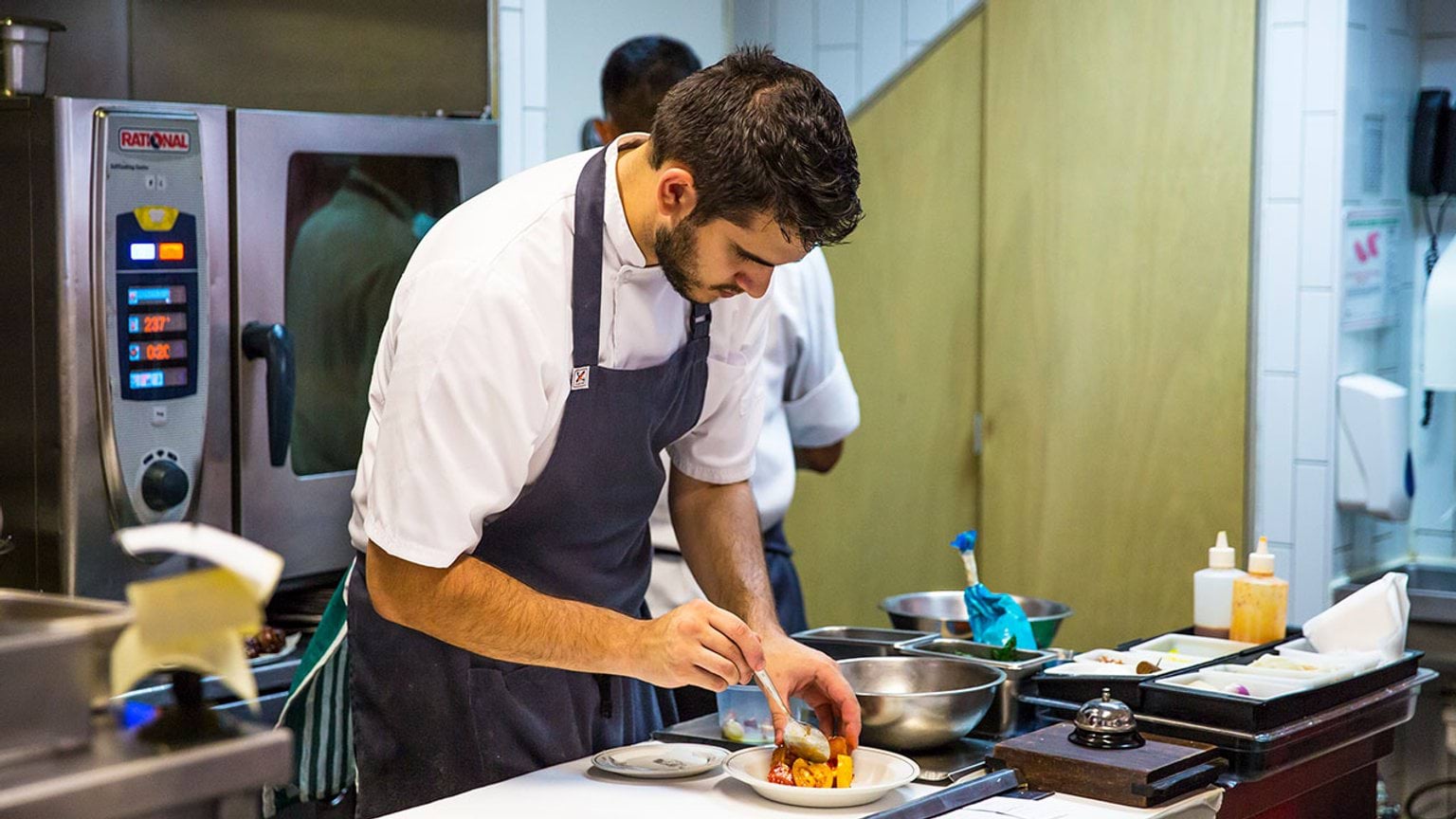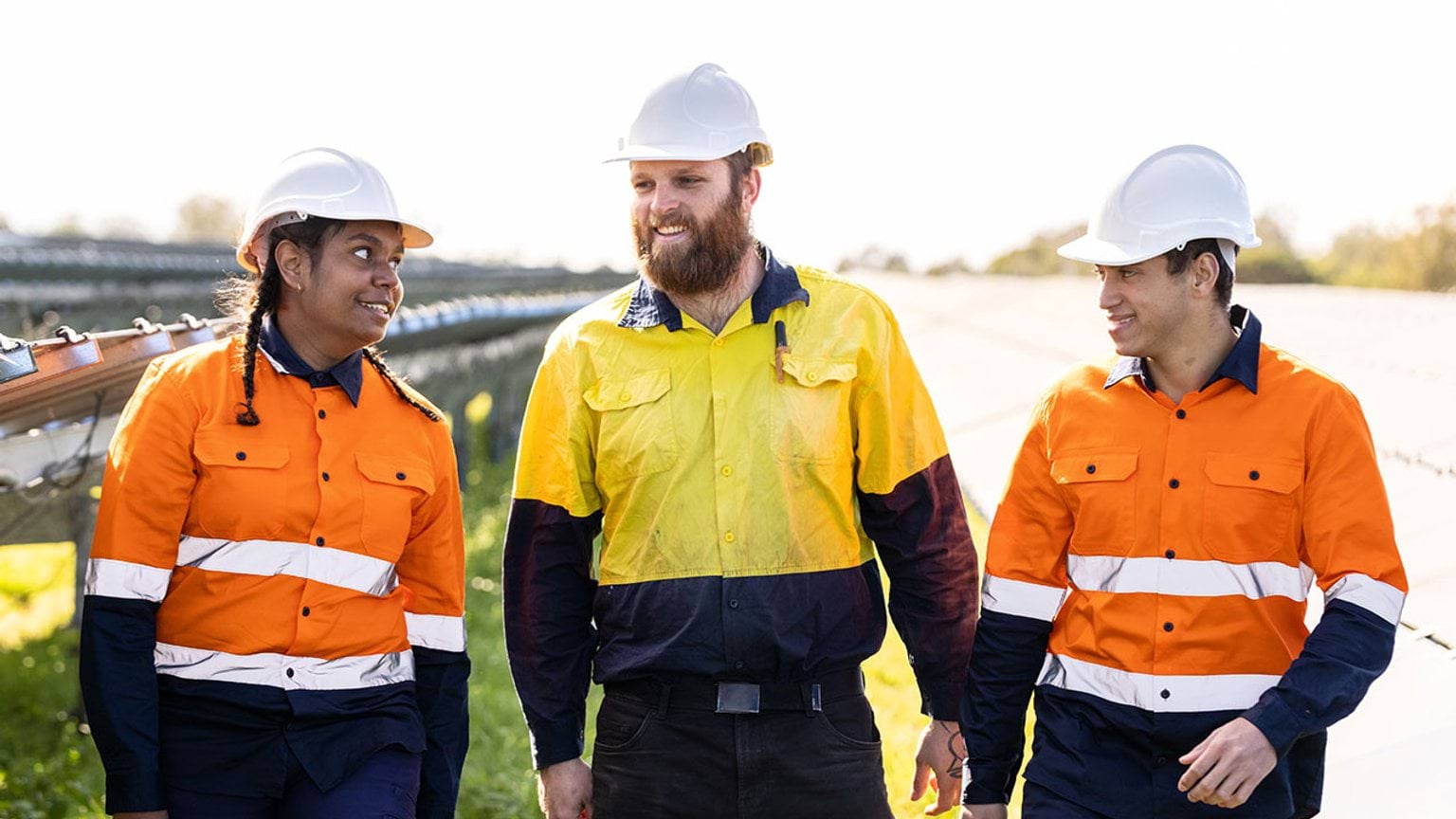Massage therapists offer body treatments and massages for health, fitness and relaxation. They use a range of techniques to treat and relieve muscle tension.
Find out what a massage therapist does and the related Vocational Education and Training (VET) courses and pathways you can take to secure a job.
What is a massage therapist?
Massage therapists use massage to relieve muscle tension, promote relaxation and improve circulation. Massage therapists may also work in a clinical setting and use a range of techniques to treat and prevent injury, and help healing. It’s a physically active role, and great if you like helping others.
Find out more about massage therapists(opens in a new window) and these related jobs on the Victorian Skills Gateway(opens in a new window):
- hairdresser(opens in a new window)
- hair or beauty salon assistant(opens in a new window)
- hair or beauty salon manager(opens in a new window)
- make up artist(opens in a new window).
Related training courses
Explore these related TAFE and training courses on the Victorian Skills Gateway(opens in a new window):
- barbering(opens in a new window)
- beauty(opens in a new window)
- hairdressing(opens in a new window)
- massage(opens in a new window)
- myotherapy(opens in a new window)
- nail technician(opens in a new window).
You may be eligible for government funding to help pay for your course.
Median salary
The median weekly earnings for massage therapists in Australia is $1,472.
Source: Jobs and Skills Australia(opens in a new window)
Note this salary is current as of January 2025 and is indicative only. A range of salaries apply to different roles across the industry.
Job demand in Victoria
Below are the projected employment forecasts for massage therapists jobs in Victoria. Figures show the number of workers in 2024 and the new workers expected to enter the workforce by 2027 and 2034.
‘New workers expected’ accounts for workers adding new jobs to the economy and replacing retirees over the next 3 and 10 years. These projections are estimates only. There will be additional jobs available as people move between jobs and industries.
| Region | Workers 2024 | New workers expected by 2027 | New workers expected by 2034 |
|---|---|---|---|
| Victoria | 5,847 | 693 | 2,277 |
| Melbourne – inner metropolitan | 763 | 98 | 325 |
| Melbourne – inner south-east metropolitan | 580 | 56 | 190 |
| Melbourne – southern metropolitan | 792 | 73 | 263 |
| Melbourne – northern metropolitan | 622 | 80 | 290 |
| Melbourne – eastern metropolitan | 894 | 85 | 304 |
| Melbourne – western metropolitan | 567 | 86 | 302 |
| Ballarat and surrounds (Central Highlands) | 207 | 31 | 81 |
| Bendigo, Echuca and surrounds (Loddon Campaspe) | 232 | 28 | 90 |
| Geelong, Colac and surrounds (Barwon) | 395 | 66 | 178 |
| Gippsland | 289 | 39 | 108 |
| Horsham and surrounds (Wimmera Southern Mallee) | 48 | <10 | 12 |
| Mildura, Swan Hill and surrounds (Mallee) | 95 | <10 | 24 |
| Shepparton, Seymour and surrounds (Goulburn) | 112 | 12 | 35 |
| Wangaratta, Wodonga and surrounds (Ovens Murray) | 108 | 14 | 37 |
| Warrnambool, Hamilton and surrounds (Great South Coast) | 143 | 14 | 39 |
Source: Victorian Skills Authority Employment Projections Dashboard
Resources to plan your next steps
Visit our personal services industry profile to find out about:
- what it’s like to work in personal services, and some of the jobs you could do
- training and skills to work in the industry, and financial assistance to help pay for your course
- help getting a job in personal services, and industry job projections for Victoria
- other free resources and advice to plan your training and career.
Explore growing industries in your region
Updated



